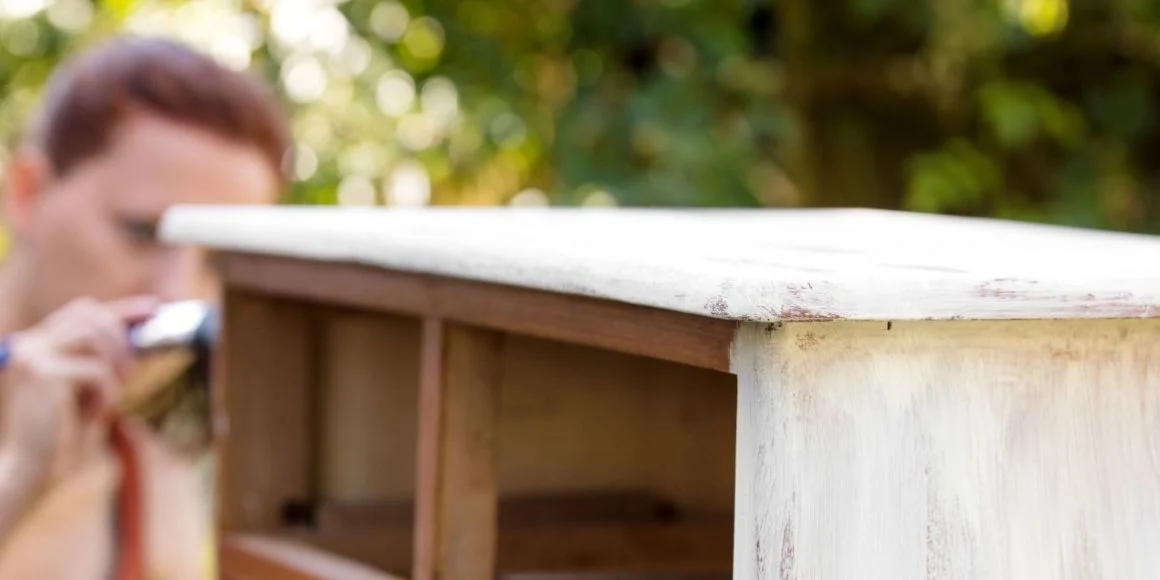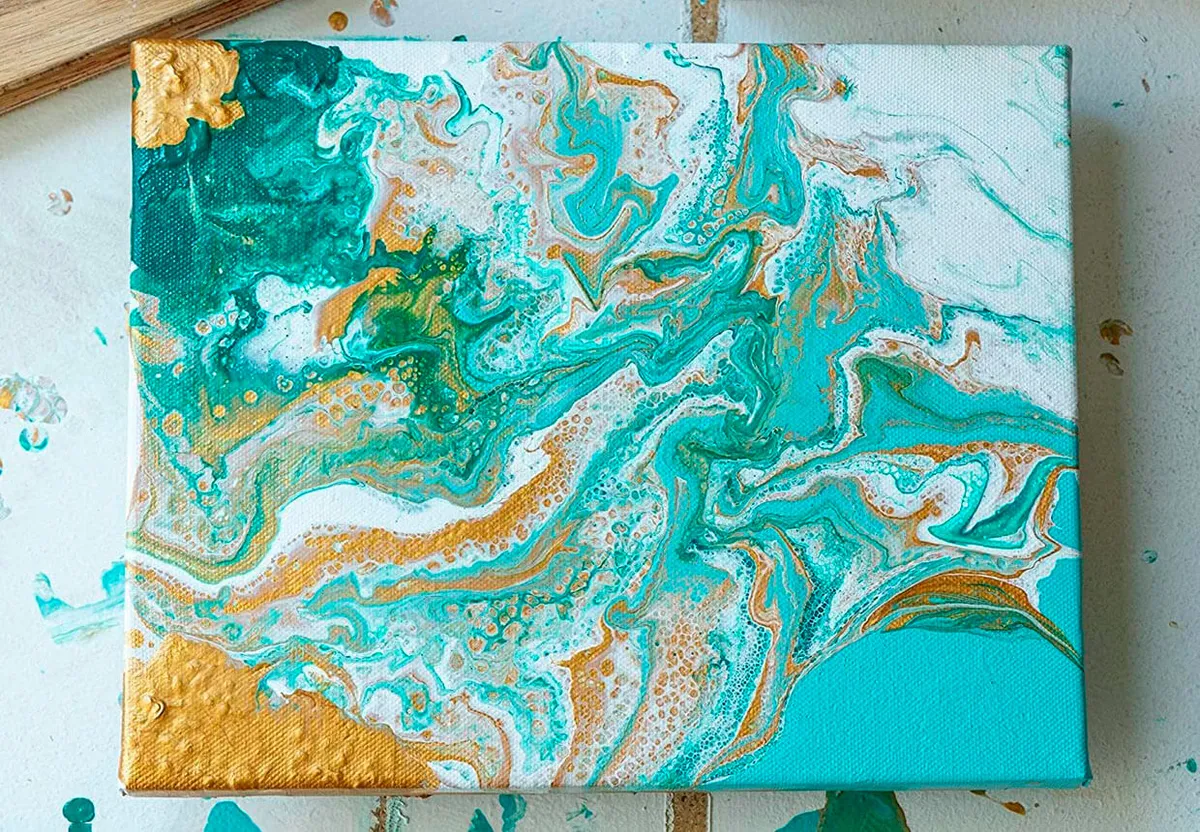Painting furniture is a great way to add personality to your home. It’s also a fun DIY project that can save you money on new furniture purchases!
Whether you’re an experienced painter or just starting out, these tips will help ensure you get a flawless finish on your next project.
Prep
Before you break out the paint brush, you need to prep your furniture. This may sound like the most boring part of the project, but it’s vital to getting a flawless finish.
First, clean the piece to remove any dirt, dust, grime or splintering. This can make a huge difference in the adhesion and durability of your finished piece.
Next, inspect the piece for any areas that need to be repaired. If you notice any holes, gouges, cracks or other damage, these need to be patched before painting.
If you don’t, the paint might not adhere properly and will leave an uneven surface. Using wood filler can help fix these imperfections and give your piece a smooth surface to work on.
Paint
Paint is a fantastic way to enhance the beauty of wood furniture, and to make them more durable against scuffs and scratches. But to achieve a flawless finish, it’s important to follow the proper steps before painting.
The first step is to properly prepare the surface of the furniture. This involves scraping away old, peeling veneer and patching any imperfections to create a smooth, even surface to work on.
Sanding also helps your paint to bond better and hide stains, scratches or marks.
The next step is to apply two coats of a quality primer and leave it to dry as advised on the tin. This will help prevent stains from bleeding through the paint and give your project an even, smooth layer of coverage.
Finish
Finishing is the final step of any woodworking project and can make or break a piece. It takes countless hours of work to apply that perfect coat of varnish, stain or paint.
To get a flawless finish, you should first clean the furniture thoroughly. This will help you identify blotched and damaged areas.
Sanding the surface of the furniture is also important before painting. A good sanding can remove scratches, cracks and other imperfections. Use medium grit sandpaper.
You can also use TSP or dish soap to remove stains from the wood before painting it. Just make sure to wipe off the stains after cleaning them to avoid damaging your paint job.
Maintenance
As with anything else, you need to do a little maintenance to keep your furniture looking great. This includes things like regular cleaning and replacing worn out or damaged cushions and woodwork.
Taking good care of your furniture will help it last longer and reduce your trips to the repair shop. However, this doesn’t mean you have to put in a lot of time and effort.
A basic routine of dusting and wiping with a cloth dampened by water should keep painted furniture clean for most homeowners. A few times a year you may want to invest in a furniture polish or other special cleaning product to keep your pieces looking their best.





